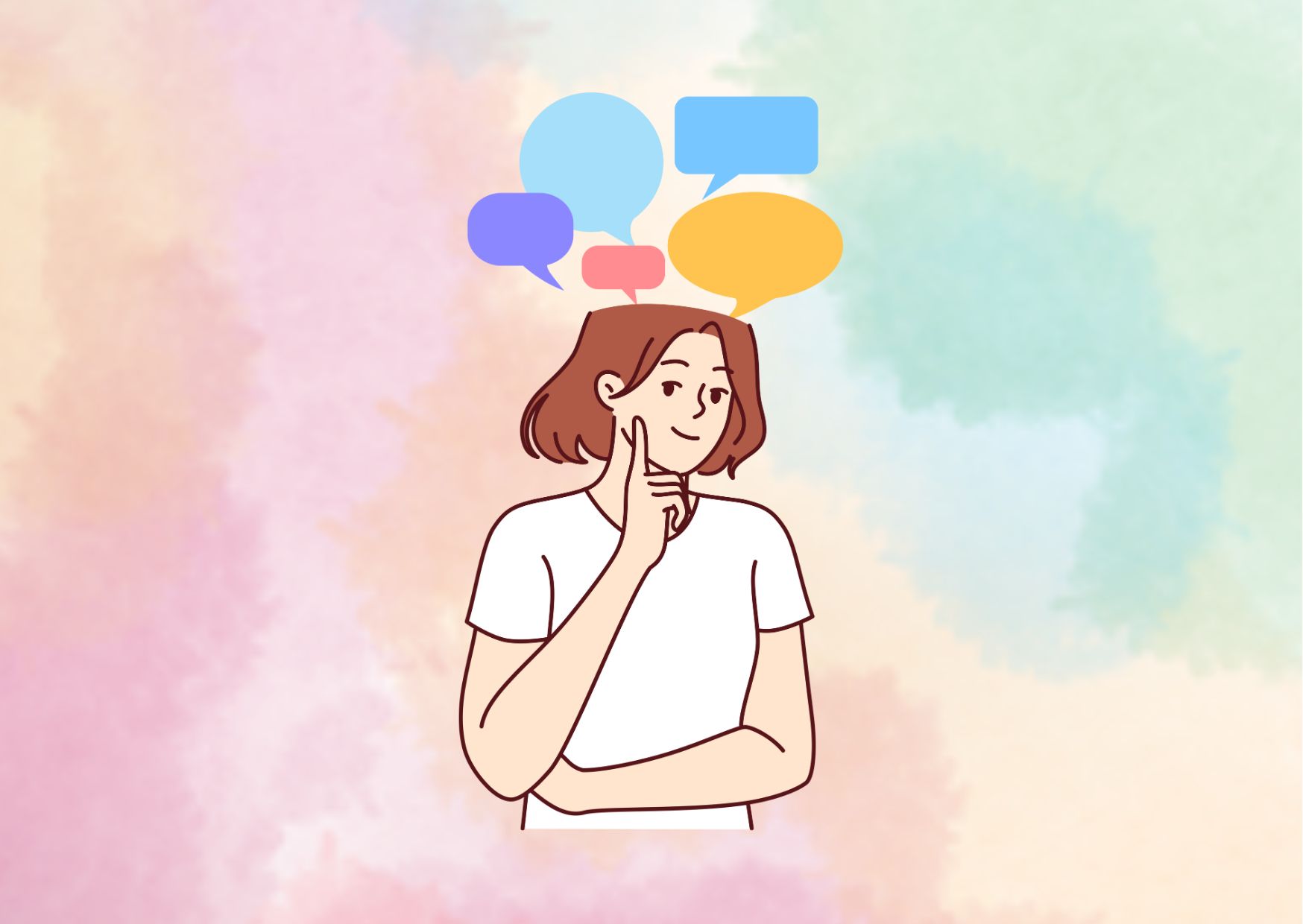Unlocking the Power of Introspection: A Step-by-Step Guide
Introspection, the act of examining one’s own thoughts, feelings, and emotions, is a powerful tool for self-discovery and personal growth. It involves looking inward and engaging in self-reflection to gain a deeper understanding of our motivations, beliefs, and behaviors. By introspecting, we can uncover hidden truths about ourselves, confront our biases, and make conscious choices that align with our values and goals.
This comprehensive guide delves into the intricacies of introspection, exploring its nature, targets, and relationship with non-introspective self-knowledge. We’ll examine various accounts of introspection, including self-detection models and alternative theories. Additionally, we’ll shed light on the role of contemplation in scientific psychology, addressing its accuracy and privileged status. Finally, we’ll weigh the benefits and drawbacks of this introspective journey, equipping you with the tools to unlock its transformative power.
The Nature of Introspection
Defining Introspection
Introspection is generally regarded as a process by which we learn about our own currently ongoing or very recently past mental states or processes. It involves an inward examination of our thoughts, emotions, beliefs, and experiences. The two most commonly cited classes of introspectible mental states are attitudes (e.g., beliefs, desires) and conscious experiences.
Key Conditions of Introspection
For a process to qualify as introspection, it must minimally meet the following three conditions:
- The Mentality Condition: Introspection generates knowledge about mental events, states, or processes, and not about affairs outside one’s mind.
- The First-Person Condition: Introspection generates knowledge about one’s own mind only, and not about others’ minds.
- The Temporal Proximity Condition: Introspection generates knowledge about one’s currently ongoing or immediately past mental life.
Many philosophers also require introspection to meet additional conditions, such as:
- The Directness Condition: It yields judgments or knowledge about one’s mental processes relatively directly or immediately.
- The Detection Condition: It involves attunement to or detection of a pre-existing mental state or event.
- The Effort Condition: It is not constant, effortless, and automatic.
Targets of Introspection
The main targets of introspection are considered to be attitudes (e.g., beliefs, desires) and conscious experiences (e.g., sensory experiences, emotional experiences). However, accounts of introspection differ on what they treat as the proper targets of introspection, with some focusing solely on attitudes or conscious experiences, while others include a broader range of mental states and processes.
Introspection is a multifaceted process that involves looking inward to examine one’s own thoughts, emotions, judgments, and perceptions. It provides a privileged access to one’s own mental states, not mediated by other sources of knowledge.
Attitudes and Conscious Experiences
The two primary targets of introspection are widely considered to be attitudes (such as beliefs, desires, and intentions) and conscious experiences (including sensory experiences, emotional experiences, and cognitive experiences like thoughts and judgments). These are the mental states and processes that are most commonly regarded as accessible through introspective means.
- Attitudes: Introspection allows us to examine our beliefs about the world, our desires and goals, and our intentions to act in certain ways. By turning our attention inward, we can become aware of the attitudes that shape our behavior and decision-making processes.
- Conscious Experiences: Through introspection, we can also explore the rich tapestry of our conscious experiences, such as the sensations we perceive, the emotions we feel, and the thoughts that arise in our minds. This introspective access to our conscious experiences provides valuable insights into our subjective reality.
However, it’s important to note that accounts of reflection differ in their perspectives on what constitutes the proper targets of this process. While some accounts focus solely on attitudes or conscious experiences, others adopt a broader view and include a wider range of mental states and processes within the purview of introspection.
Personality Traits and Self-Knowledge
Interestingly, personality traits are generally not considered accessible through introspection. People often have difficulty accurately assessing their precise character traits, as these tend to be more evident to external observers than to oneself. Self-knowledge about one’s personality traits is typically derived from other sources, such as feedback from others or self-observation over time.
Facilitating Introspection
To facilitate introspection, various methods and activities can be employed. Self-monitoring and multi-process self-detection, where one pays attention to internal states and processes and then forms judgments about them, are common approaches. Additionally, introspection can be guided by asking oneself questions that prompt self-reflection, such as “Who am I?”, “What do I really want in life?”, and “What matters most to me?”. Visualization exercises, strength/weakness exploration, and journaling are also effective techniques for fostering introspective insights.
Introspection vs. Non-Introspective Self-Knowledge
Accounts of self-knowledge can be broadly categorized into introspective and non-introspective approaches. While introspection involves the direct detection or attunement to one’s own mental states, non-introspective approaches suggest alternative ways of obtaining self-knowledge.
Non-Introspective Approaches to Self-Knowledge
- Self/Other Parity Accounts: These accounts treat the processes of self-knowledge as essentially the same as those for knowing others’ minds. They suggest that we gain self-knowledge through the same mechanisms we use to understand others, such as observing our behavior and making inferences about our mental states.
- Self-Detection Accounts: While these accounts characterize introspection as a quasi-perceptual process of detecting one’s own mental states, they also acknowledge non-introspective routes to self-knowledge.
- Accounts Without Self-Detection: These accounts propose ways of obtaining self-knowledge without detecting pre-existing mental states. They include:
- Self-Fulfilling Self-Ascriptions: The act of self-ascribing a mental state can sometimes bring about the ascribed state itself.
- Self-Shaping Self-Ascriptions: Self-ascriptions can shape or modify our mental states, leading to self-knowledge.
- Self-Expressive Self-Ascriptions: Our self-ascriptions can express or constitute our mental states, providing self-knowledge.
- Self-Ascriptions Derived from Judgments About the External World: We can gain self-knowledge by making judgments about the external world and inferring our mental states from those judgments.
The debate surrounding these non-introspective accounts centers on whether they should be considered introspective or not. While some argue that they do not involve the direct detection of mental states and thus fall outside the scope of introspection, others maintain that they can still provide a form of introspective access to our minds.
Distinguishing Introspection from Non-Introspective Self-Knowledge
To distinguish introspection from non-introspective self-knowledge, it is essential to consider the conditions and characteristics that define introspection. Introspection typically involves:
- Direct Access: Introspection is often characterized as providing relatively direct or immediate access to one’s mental states, without relying on external cues or inferences.
- First-Person Perspective: Introspection generates knowledge about one’s own mind, not others’ minds.
- Temporal Proximity: Introspection yields knowledge about one’s currently ongoing or immediately past mental life.
- Effort and Attention: Introspection is not constant, effortless, or automatic; it requires conscious effort and attention directed inward.
Non-introspective approaches to self-knowledge, on the other hand, may rely on external observations, inferences, or self-ascriptive processes that do not necessarily involve the direct detection or attunement to one’s mental states.
Ultimately, the distinction between introspective and non-introspective self-knowledge hinges on the specific mechanisms and conditions involved in accessing one’s mental states. While introspection provides a privileged and direct access to our minds, non-introspective approaches offer alternative routes to self-knowledge that may or may not meet the criteria for introspection.
Self-Detection Accounts of Introspection
Self-detection accounts of introspection characterize it as a quasi-perceptual process of detecting one’s own mental states. These accounts propose that introspection involves an attunement or detection of pre-existing mental states, akin to a form of inner perception or monitoring.
Key Features of Self-Detection Accounts
- Introspection as Mental State Detection: According to self-detection accounts, introspection is a process of detecting or becoming aware of one’s own mental states, such as beliefs, desires, or conscious experiences.
- Quasi-Perceptual Nature: Introspection is often described as a form of “inner perception” or “inner monitoring,” where we perceive or detect our mental states in a manner similar to how we perceive external objects through our senses.
- Pre-Existing Mental States: These accounts assume that the mental states we introspect already exist prior to our introspective awareness of them. Introspection is not seen as creating or shaping these mental states but rather as detecting or becoming aware of them.
- Directness and Immediacy: Self-detection accounts typically emphasize the directness and immediacy of introspective access to our mental states, without relying on external cues or inferences.
Variations in Self-Detection Accounts
While self-detection accounts share the core idea of introspection as mental state detection, they can vary in their specific details and explanations. Some key variations include:
- Perceptual Models: These models draw explicit analogies between introspection and perception, treating introspection as a form of inner perception or inner sense.
- Scanning Models: These models propose that introspection involves a process of scanning or monitoring our mental states, akin to a spotlight or searchlight mechanism.
- Higher-Order Thought (HOT) Models: According to these models, introspective awareness arises when we have higher-order thoughts about our first-order mental states, effectively detecting or representing those states.
- Self-Representational Accounts: These accounts suggest that introspection involves the representation of our mental states to ourselves, often through the formation of higher-order representations.
Criticisms and Challenges
While self-detection accounts provide a compelling explanation for introspection, they face several criticisms and challenges:
- Epistemic Asymmetry: Critics argue that these accounts fail to explain the epistemic asymmetry between introspection and external perception, where introspection is often considered more authoritative or privileged.
- Transparency of Experience: Some philosophers argue that conscious experiences are not objects of introspection but rather transparent, calling into question the idea of detecting pre-existing mental states.
- Cognitive Penetrability: The potential influence of background beliefs, expectations, and biases on introspective judgments challenges the idea of direct, unmediated detection of mental states.
- Explanatory Gap: Self-detection accounts may struggle to fully explain the phenomenology of introspection and the sense of subjective experience that accompanies it.
Despite these challenges, self-detection accounts remain influential in the philosophical and psychological study of introspection, offering a framework for understanding the mechanisms underlying our introspective access to our own minds.
Suggestion for read: 10 Signs of a Toxic Daughter
Alternative Accounts of Introspection
The Perceptual Theory of Introspection
One alternative account of introspection is the perceptual theory, which holds that introspection is a kind of perception of our mental life, similar to how we perceive the external world through sight, hearing, and other senses. This theory suggests that introspection involves a direct awareness or perception of our mental states, akin to the way we perceive objects and events in the external world.

